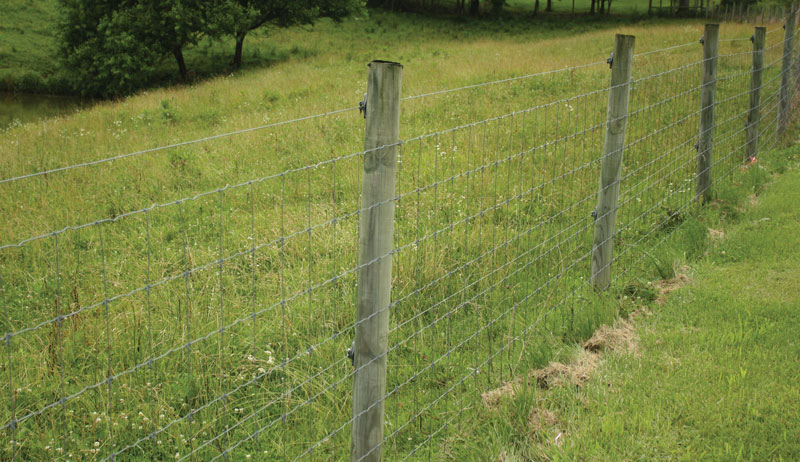As a result of a clear, microscopic coating, Low-Emissivity glass is a kind of glazing glass that may improve the thermal efficiency of your windows. Today, we’ll go through the advantages and disadvantages of low-E coating glass so that you can make an educated decision about your next window or door installation.

Low-E Glass: What Is It and How Does It Work?
Between 10 and 50 percent of a home’s overall energy loss is accounted for by windows and doors, with 90 percent of the energy being lost via the glass. This is an enormous amount of energy to be squandering on something as insignificant as the structural stability of your house. In 1975, the first low-emissivity glazing solution was launched to the market in an effort to rectify this condition.

- When characterising a surface’s emissivity, which is the amount of energy released at certain wavelengths by that surface, thermal energy is often at the forefront of discussion. Assuming a perfect reflector has an emissivity of 0 and an ideal absorber of 1, the numerical value ascribed to each material ranges from zero to one. The emissivity of a perfect reflector is zero, whereas that of a perfect absorber is one.
- There are just a few materials in the world that can compete with transparent glass in terms of thermal emissivity, and they include silver and aluminium, both of which have emissivities less than 0.01. Thermal emissivity of glass, on the other hand, is typically 0.9, meaning that 90% of thermal energy may pass through it while reflecting back 10% of that energy. Windows require help in reflecting heat back into the house as a consequence of this conclusion
- With low emissivity glass, this can be achieved In essence, it’s transparent glass with a thin, heat-reflecting coating put to the surface, resulting in a material with poorer thermal conductivity than standard glass. Because it returns more heat from the outside, low-E coated glass keeps your house warmer, and it may also keep you cooler by reflecting solar thermal energy back into your home.
An IGU or a vacuum chamber may be used to apply this coating on glass off-line and then seal the chamber, or the glass can be fused with the coating in place while it is being made (a process known as “hard-coat”). Our focus is on soft-coat coating since it has a lower emissivity and is more often used in the UK market.

Metals such as silver may be applied to soft-coat low-emissivity glass units to lower their emissivity.
The advantages of low-e glass include:outstanding impact results
There are advantages and downsides to using low-emissivity glass
In comparison to standard, uncoated glass, Low-E glass returns a substantially greater quantity of heat to your home.
Low-E glass’s better insulation is only the beginning of its many advantages over conventional glass. Since it is made with a special low-emissivity coating, low E glass is more effective at insulating your home during the harsh winters in the UK than standard uncoated glass.

Last Words
As a practical matter, if you have family members who often mess with the thermostat, low E glass could be the best option for you. Your home will be a low-key warm paradise (sort of) from November through March, resulting in a record low number of thermostat infractions in your family.



